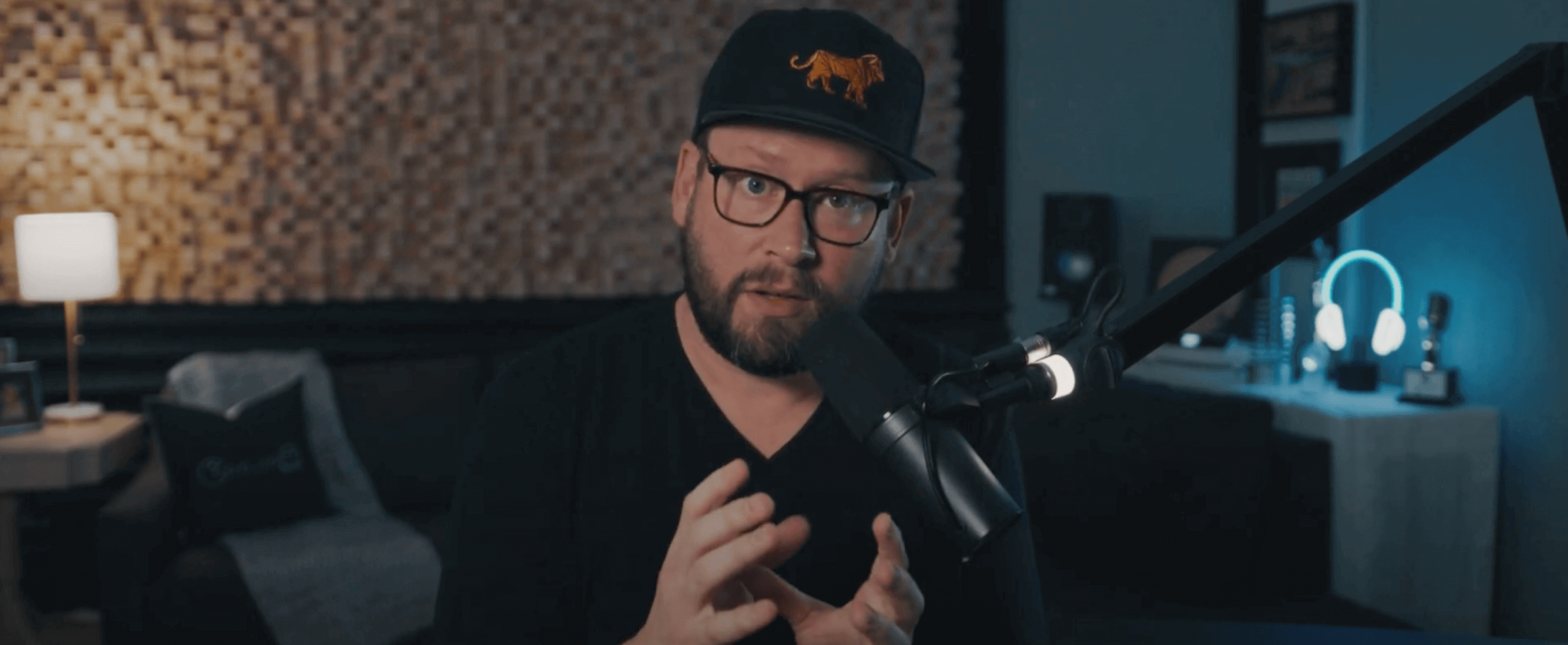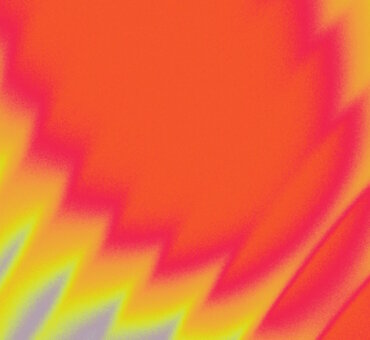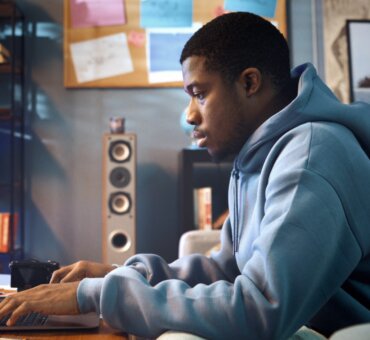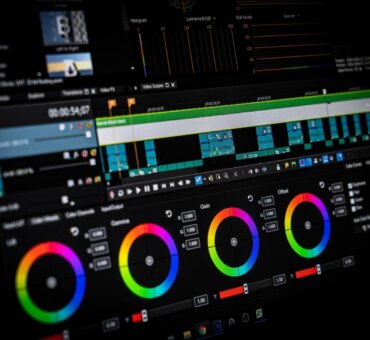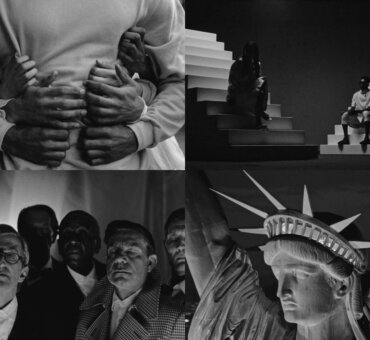Behind the Work is a series by Filmsupply that brings lessons from leading creatives where they share essential techniques they bring to their craft. All shot from their own home or studio, Behind the Work brings you an entirely new set of skill sets that you can put into practice to grow in your craft.
In this episode of Behind the Work, Dallas Taylor, founder of Defacto Sound, breaks down the integral role of sound design in adding depth and realism to film.
We have these five core human senses. Touch, taste, and smell are senses that we don’t have the ability to do when it comes to films and things like that. We only have these two human senses that we can use. As visual creatures, we automatically go to visuals and then eventually get to sound. There’s so much more to crafting a human story than just incredible images.
What goes into designing sound for film?
In sound design, we have multiple layers and things that we think about. We think from the top down —starting with what’s the most effective sound, and then go down to the ones that are the least noticeable. We have ambiances—wind and the hum of a refrigerator—things that just really tie full scenes together. We have heart effects. They are sounds that traditionally are pulled from libraries. Whether we record them or buy these [from] libraries, these are a door shutting or a car engine starting up.
Then we have foley, that’s all the stuff that you touch. Those are feet, hands…the cloth on us. We’re trying to make sure those things are just crystal, crystal, crystal clear. Foley is an element of performance. Lastly, we have something that we do a lot of, and sometimes people lump it into heart effects but I consider it kind of its own category, and that’s emotional effects. Those are booms, hits, scrapes, things that try to elicit emotion.
Can you show us an example?
First, let’s watch some of these things with those layers in mind. The very first thing I want to show is the music. There’s no sound design in this yet but just appreciate how good this edit is, and this is just with the music (2:10). This piece is called Lion from director Steve Solano.
Now, we’re going to take the exact same part and we’re going to play the foley. One thing you’re going to notice about the foley in something like this, is that it’s very difficult to discern. There are so many layers on top of that foley and we’re trying to make it punch. This foley is going to be very punchy, sharp, and on purpose. The only way to cut through all the stuff you’re going to hear added to it is by making it very sharp. It’s a very stylistic approach. If we were working on a film with a 10-minute long scene, you would craft the foley in a completely different way than we would hear (3:00). It’s relatively minor sounds that just need to have that character of that realism to be able to really sell that it’s real because we’re going to add some more things to it.
Let’s talk about emotional effects (3:25). When we’re thinking about emotional effects, we’re thinking almost like a composer. Something that we often think about is the frequency spectrum. When I hear work from new sound designers, what will happen is that all of the sound design gets built up in the low and the mid. We think that in order to be epic, we need to make low rumbles, explosions, and blowing stuff because low means epic. That’s definitely not the case. Epic is the use of darkness, light, and color, and we think of the same thing in sound design.
With all of that in mind, I want you to listen for dynamic range, loud and soft frequencies, high and low pitch, and realize all of those frequencies are not in the low end. There’s just mud there. We are doing our fair amount of low and low-mid punch. But to really get punch, you have to use frequencies. If you just use a frequency here, maybe we use a different tonality in frequency right after it or vice versa. I also love narration. The human voice is massively underrated. There’s so much nuance that happens in the way that our voices sing our words. The narrator in Lion is incredible. The narration sets the tone between the music and all the stuff, it’s such a clear blueprint. There’s just so much sonic beauty in a way that the voiceover is singing (5:20).
Is the traditional approach to sound design evolving?
Don’t think about the workflow of a project in the way that we’ve all been told to think about for 50 years. For my last example, I want to show you a piece that we sound designed. We did three versions of the sound design for this with voices before they even shot the project.
This piece is with Wieden+Kennedy, and it’s a Nike spot. They came to us and said, “We want this to be super sound designed, it’s going to be sound design-driven, there’s going to be no music. Peace out; we’ll see you in 2 months.” I was like, “Woah, what’s important here is that if it’s sound design-driven, it needs to be sound design-driven from day one. Send us the script, we’re going to build this out right now.” When we got the script, we saw that there were voices in there and said, “get your copywriters to record this banter back and forth. It can be with your iPhone or whatever, just give us something to craft.”
So, we did three different versions of the 60-second spot where we built the entire thing out, and then we semi-approved it with the agency before they ever even went to the shoot. When they went to the shoot, they were able to get the DP on board, and the entire crew knew what the 60-second was going to sound like. This is what can happen when you want something to be sound driven, but you break the traditional workflow (7:10).
I just want to challenge everybody to treat themselves as a sound designer. We are creatives. There’s no one that needs to give you permission. I don’t need to come and say, “It’s okay that you go mess with sound.” Mess with sound, by all means. When we hear someone make their best attempt at sound design, it inspires us.
Learn more about Behind The Work and read the blog post from our previous episode of Behind the Work with Neighborhood Film Co. co-founder and director Ricky Staub here. To catch each episode, subscribe to our YouTube channel.
